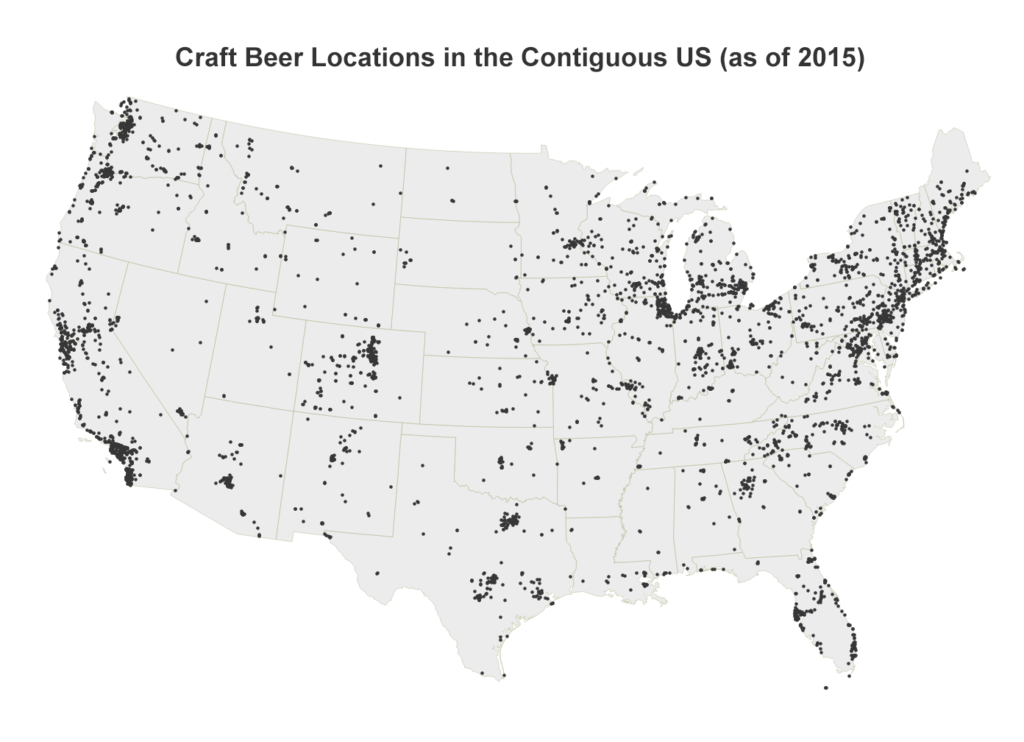I co-authored a chapter in the new book Untapped: Exploring the Cultural Dimensions of Craft Beer with the estimable Jesus Barajas and Julie Wartell. Our chapter is titled “Neighborhood Change, One Pint at a Time” and it explores the relationship between craft breweries, urban planning and policy, and gentrification.
We found that many cities have changed their zoning codes recently (and even offer subsidies) to make it easier to establish craft breweries and brewpubs, with the goal of economic development. There’s a strong narrative (and anecdotal evidence) of craft breweries “revitalizing” neglected neighborhoods. New breweries often seek inexpensive industrial spaces in close proximity to urban centers and residential districts. In turn, they serve as anchor institutions that appeal to whiter, wealthier, and more educated demographic groups. Many craft brewers explicitly see themselves as agents of neighborhood revitalization and “committed urbanists.” The brewers we interviewed uniformly stated that neighborhood character was an important or even primary reason for their location choice, and many referred to themselves as pioneers and catalysts in neglected historic neighborhoods.
